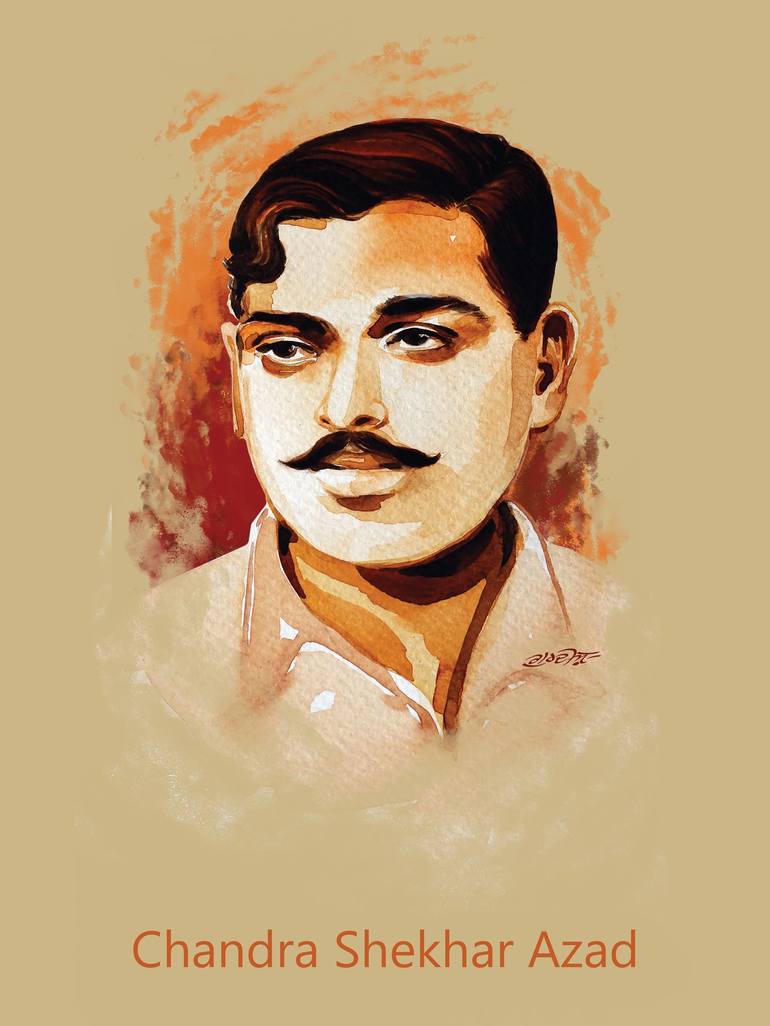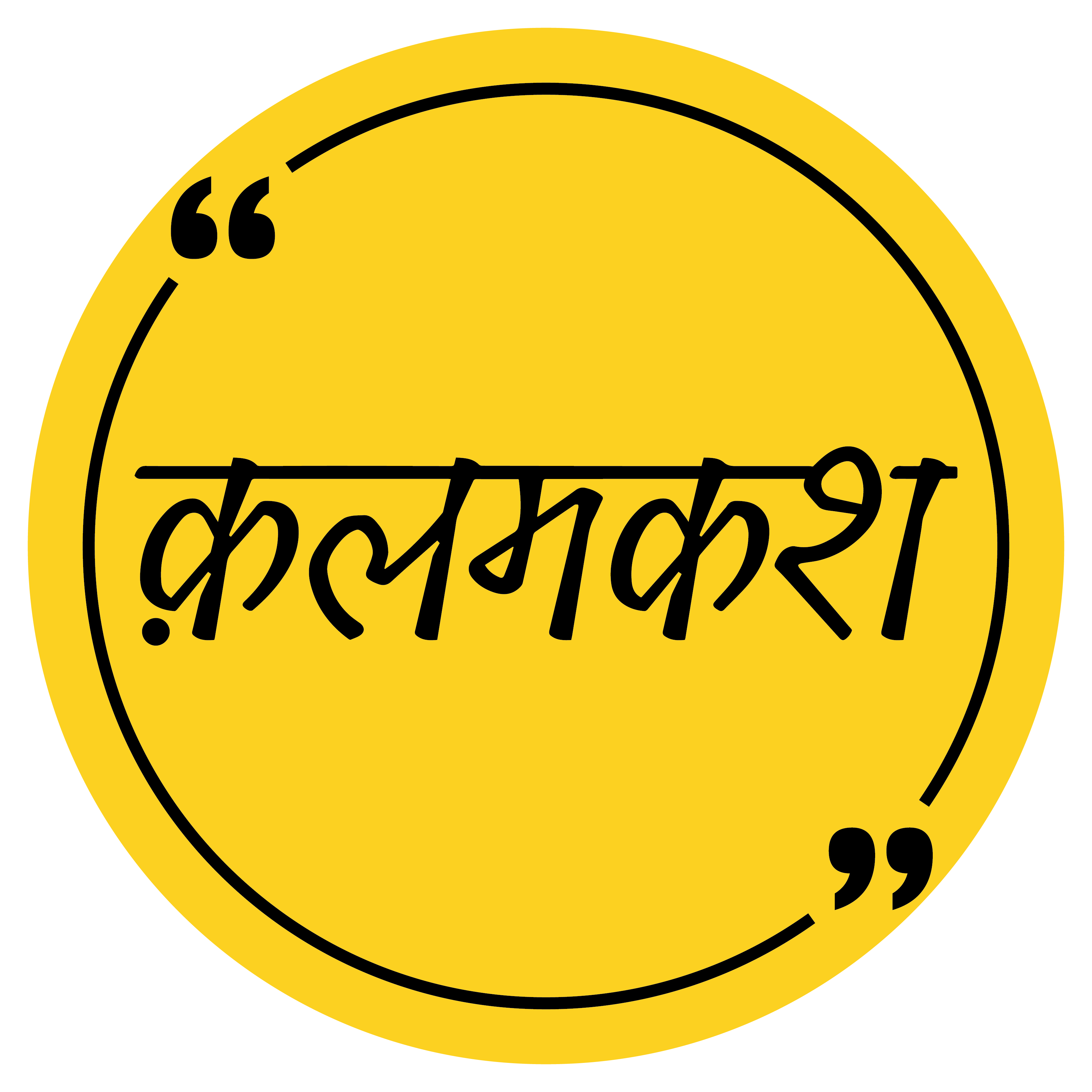
‘AZAD’
For what is the flush of youth, if it is not of service to the Motherland.
– Chandra Shekhar Azad
INTRODUCTION
Chandra Shekhar Tiwari or Chandra Shekhar Azad was an Indian revolutionary, born in Bhabhra village of Madhya Pradesh on 23rd July 1906. His father Sitaram Tiwari was a gardener and his mother Jagrani Devi was a housewife. Azad’s village was near Bhil villages. As a child, he played and learned archery, wrestling, and swimming with the Bhil boys. Azad’s mother wanted him to be a Sanskrit scholar and sent him to Kashi Vidyapeeth in Varanasi.
He took his pseudonym ‘Azad’ when caught in the Non-Cooperation movement in 1921 and used ‘Balraj’ to sign the pamphlets of the HSRA. And was called ‘Thakur Saheb’ too.
FREEDOM STRUGGLES
His 1st stand for Freedom was in 1921 when the Non-Cooperation movement was at its peak. He joined it as a 15y/o student and got arrested and presented before the Parsi district magistrate Justice M. P. Khareghat. Where he gave the name ‘Azad’ to himself and ‘Swatantrata’ to his father. By which the magistrate punished him with 15 lashes.
After this, Azad met Manmath Nath Gupta, who introduced him to Ramprasad Bismil. Who formed a revolutionary organization called Hindustan Republican Association (HRA). Then Azad became an active member of the HRA and collected funds for it through robberies of government properties.
He was involved in the Kakori Train Robbery in 1925. And In revenge for the murder of ‘The Lion of Punjab’, he took part in the shooting of John P. Saunders at Lahore in 1928, And lastly in the attempt to blow up the Viceroy of India’s train in 1929.
From his comrade Shiv Verma, Azad got to read the Communist Manifesto. When Azad was the leader of the revolutionary party, He used to borrow a book from author Satyabhakta titled ABC of Communism to instruct his cadres in socialism.
Even being a member of Congress, Motilal Nehru regularly supported Azad with money.
IN JHANSI
Azad made an organization hub in Jhansi for some time. For the practice of shooting, being an expert marksman and training other members of his group he used the forest of Orccha situated about 15km from Jhansi. He constructed a hut close to a Hanuman temple on the banks of the Satar River and resided there as Pandit Harishankar Bramhachari for a long time.
He also learned to drive a car at the Bundelkhand Motor Garage in Sadar Bazaar. After coming in close contact with him, Sadashivrao Malkapurkar, Vishwanath Vaishampayan and Bhagwan Das became members of his revolutionary group.
WITH BHAGAT SINGH
After the Hindustan Republican Association was forcefully stopped by the British. All the founders of (HRA) Ram Prasad Bismil, Jogesh Chandra Chatterjee, Sachindra Nath Sanyal and Sachindra Nath Bakshi were sentenced to death. And captured Azad, Keshab Chakravarthy and Murari Lal Gupta.
Later Azad reorganized the (HRA) by the name of the Hindustan Socialist Republican Association (HSRA) with Bhagat Singh and other members. Later then with revolutionaries like Shivram Rajguru, Sukhdev Thapar, and Bhagat Singh, Azad avenged the murder of ‘The Lion of Punjab’ Lala Lajpat Rai by killing the superintendent of police, James A. Scott. However, by mistake, they shot the assistant superintendent of police, John P. Saunders as he was leaving the District Police Headquarters in Lahore on 17 December 1928.
In the book ‘Chandra Shekhar Azad’ by Manmath Gupta, he gave a deep insight into Azad’s activities, his ideologies, and the HSRA.
Death
On 27 February 1931, J.R.H Nott-Bower, the CID head of police at Allahabad was tipped by someone that Azad is in Alfred Park with his companion Sukhdev Raj. By which the police Arrived and surrounded them from all sides of the park and began the shootout. In order to defend himself and his fellow Raj Azad killed three policemen’s and was badly wounded. Raj was able to leave the park safely thanks to Azad’s cover fire when he was instructed to leave in order to continue the independence movement.
Azad hid behind a tree and began to fire from behind it. After a long shootout, he shot himself in the head with the last bullet in his pistol, holding true to his pledge to never be caught alive by the British. After the other policemen arrived at the scene, the police found Azad’s body. Even after discovering Azad dead, they were wary of approaching him.


